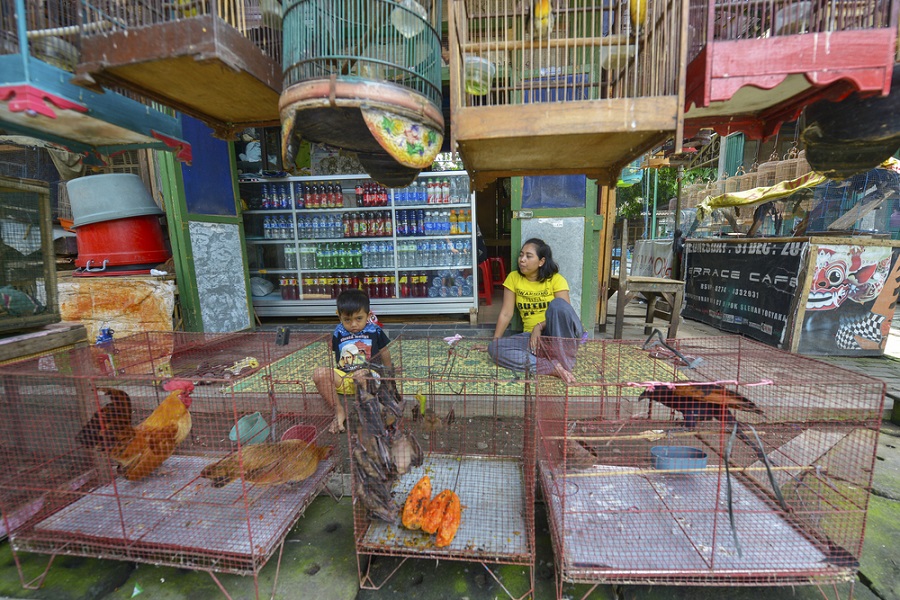
06 Apr Did the Coronavirus originate in pangolins? What does this mean for the world’s most trafficked animal?
12 studies across the globe have found that the world’s most trafficked animal is the likely pandemic carrier and the transmission link between bats and humans. SARS and MERS were passed to humans from bats via civets and camels respectively. Now it’s the pangolin who has tipped the scales in favour of the virus. So, how did this come about and what could this mean for the wildlife trade in Asia?
WHAT HAPPENED?
It’s now widely believed by scientists, though yet to undergo a peer-reviewed study, that a virus in a Rhinolophus affinis bat merged with a pangolin virus to create SARS-CoV-2. This may have happened in the wild or if the animals were brought together in unnaturally close proximity. The Ebola virus, for example, is thought to have started when bats ate from persimmon trees in the forests of West Africa. Their guano covered the fruit, which chimps later ate. Humans ate the chimps and the virus spread quickly after that.
We also know where it started: at the Huanan Seafood Market in Wuhan, China. It’s a wet market (sometimes referred to as a wildlife market), which sells live and dead animals – including fish, birds, badgers, bats, turtles and pangolins for human consumption. It also sold wolf pups, foxes, rats, peacocks, crocodiles, giant salamanders, snakes and porcupines – often in cages stacked upon one another.
On 10 December 2019, A 57-year-old female shrimp seller at the Huanan Seafood Market developed a cold. Wei Guixian believed she had the common flu and went to a local clinic for treatment where she was given an injection. The feeling of lethargy persisted and Wei visited one of the biggest medical facilities in the region on December 16, where she was told her sickness was ‘ruthless’ and that many from Huanan Seafood Market had visited the hospital with matching symptoms. The pandemic had begun.
WHAT HAS HAPPENED SINCE?
In January, China imposed a temporary ban on all farming and consumption of ‘terrestrial wildlife of important ecological, scientific and social value,’ effectively closing down a significant sector of its domestic wildlife trade. However, critics argue that a similar thing happened with the SARS outbreak in 2003. Back then, under international pressure, China shut down its wet markets. But six months later the ban was lifted.
It’s only in the wake of the COVID-19 outbreak that the full scale of China’s industry is emerging, with the temporary ban covering some 20 000 captive breeding enterprises and 54 different species allowed to be traded domestically. The illegal trade is less easy to quantify though.
WHY DOES THE WILDLIFE TRADE EVEN EXIST?
For more than 40 years, the Chinese government has promoted the wild animal trade as a form of rural economic development. ‘The root of today’s problem began in the late 1970s, when China embarked on an unusual agricultural experiment of wildlife farming,’ Mother Jones reports. ‘The country had passed through two decades of severe economic distress, including famine and food shortages, under Chairman Mao Zedong’s communist rule. As part of sweeping rural reforms, farmers were encouraged to collect wild animals – rats, civets, snakes, bats and others – and breed them for home consumption and commercial markets.’
While the medicinal use of wild animal products has historically held a central role in Chinese medicine, consumption as food was restricted to nobility. But in recent years, eating wild animals has become fashionable as a sort of conspicuous, thrill-seeking display of wealth among a subset of the upwardly mobile. Pangolins, for example, are killed for their scales, which are boiled off their bodies for use in traditional medicine; for their meat, which is a high-end delicacy in China; and for their blood, which is seen as a healing tonic.
There are anecdotal reports coming out of China, however, that, due to COVID-19, the Chinese people don’t want to touch any wild animal food at the moment, so the traders have no market and the stigma around eating wild animals might be changing.
WHAT HAPPENS NOW?
There’s a growing call to end all live wildlife markets around the world. With good health reasons: of the 30-plus pathogenic diseases discovered in humans in recent decades, three-quarters are of animal origin. Our relatively poor understanding of the disease shows that the virology-research vessel may have hit only the tip of the iceberg. One study estimated that 700 000 viral pathogens in the animal kingdom have the potential to infect humans. If wild animal consumption continues unabated, outbreaks like SARs and COVID-19 are likely the new norm.
‘All governments with bushmeat and wildlife consumption primarily in South East Asia and West and Central Africa should review their legislation, penalties, enforcement efforts and public awareness of the risks at this time. All live wildlife markets should be closed around the world,’ Peter Knights, of international conservation organisation WildAid, was reported saying in a recent Daily Maverick article.
Knights added: ‘It’s obvious that some species should not be allowed to be consumed at all, while there may be some “safe” species: like rabbits, quail, some deer and antelope, and grasscutters. As we add species of conservation concern or health risk, the banned list gets longer and longer. Instead, we should be looking at a short “clean” list of animals that can be legally consumed and enforced, and the public [will] know that everything else is off-limits.’
COVID-19 clearly represents an unparalleled opportunity to combat the wildlife trade. But only time will tell whether this opportunity will be taken or avoided until the emergence of the next pandemic poses an even graver global threat.



Marelize
Posted at 16:28h, 09 AprilVery interesting read! Definitely re-thinking where my food comes from… China should really reconsider their lifestyle choices.
Christine Blundell
Posted at 14:58h, 13 AprilHopefully they will stop killing our rhinos. Need to tell them thos could also be a cause !!!!!!